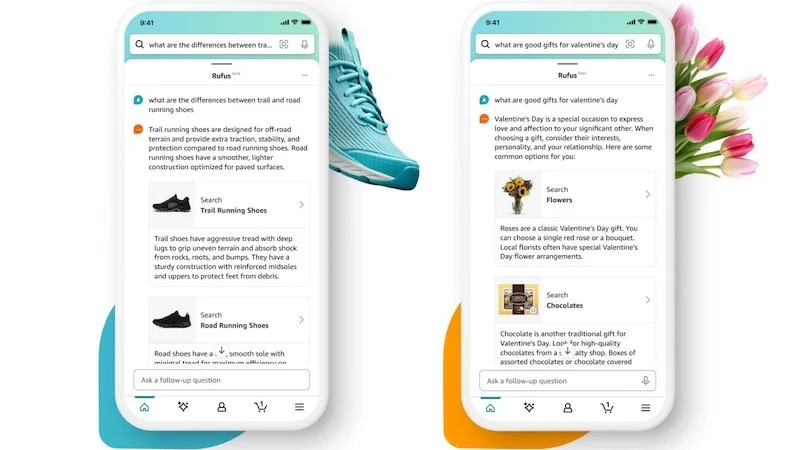Tutor John W from DoMyEssay lists four reasons to use an omnichannel strategy for your business
Customers that often shop across several channels have a 30% higher value, according to Google’s Omnichannel Reality Report.
As a result, brands can better reach their target audiences, including such a volatile audience as college students who need someone write my essay and look for professional paper writing services online, by expanding their physical and digital footprints simultaneously.
However, this is not the only argument in favour of an omnichannel approach by brands, retailers, and e-commerce players.
Breaking down the concept of an omnichannel strategy
An omnichannel approach aims to streamline interactions between customers and a business across all channels. Customers can switch between channels without hitting any roadblocks as a result.
Unlike a multi-channel approach, where distinct touchpoints are treated as independent entities, this approach considers the bigger picture. In a nutshell, an omnichannel approach dissolves silos to make the client the focus of all operations.
Where does bricks and mortar shopping fit into a larger omnichannel plan?
While the prevalence of online shopping is increasing, students who enlist research paper writers to write my case study online or help them with other assignments still value in-store experiences. Additionally, despite the growing importance of online shopping, many people still prefer going to a bricks and mortar store for their purchases.
Retailers and customers are finally recognizing the showroom experience potential of brick-and-mortar shops after being overshadowed by online shopping for a few years.
Classes, contests, lectures, meet-ups with brand influencers, and product demonstrations are just some of the in-store events that stores are hosting more frequently to foster community connections.
As a brand presentation, the store’s floor area offers customers a tactile, sensory purchasing experience that cannot be replicated in the digital world. So, physical stores are still relevant. What’s important is that they can be integrated with an organisation’s other sales platforms.
An omnichannel approach helps organisations because it combines their offline and online channels and builds on their strengths. Below are four benefits of incorporating this strategy into your business model.
1. Personalisation cultivates loyalty
Customers expect their tastes to be considered. As a result, customers are more likely to support companies that tailor their interactions with them individually. Fortunately, the amount of information readily available to businesses today is abundant, making personalisation more feasible.
Massive volumes of data containing details about customer habits are available to stores. Online retailers are using customer feedback in real-time to improve the shopping experience. Additionally, customers today are multitasking pros, which is good news for businesses.
You can utilise this information to increase customer engagement and sales by sending out targeted messages and promotions across many channels. This can come in many forms, including;
● Reminders about partially completed online purchases;
● Suggestions for complementary items;
● Location-based text messages and more.
Personalisation will open the door to loyalty.
2. Insight into your company’s operations
Your company can take advantage of the merging of physical and online environments to solve pressing business problems.
With an omnichannel approach, your backend and frontend systems can be integrated into one seamless whole. Better control and optimisation of business operations is another benefit of centralising information like
● Customer data
● Stock
● Order distribution
● Sales data, etc.
Picture a long line of people waiting to check out of your store after making a purchase. You can accept their orders on linked PoS devices while they wait, then guide them to the speedier checkout lanes.
A successful omnichannel approach relies on integrating all of your systems into a cohesive whole and making data flow between them simple.
3. Variety, simplicity, and speed
Businesses would do well to accommodate customers’ desire for payment flexibility by accepting various payment methods. Today’s technological advancements have made it easier for consumers to move quickly. Rapidity and ease of use go hand in hand.
Customers can now expect faster checkouts. And as more and more businesses use payment technology like self-checkout machines and EMV enabled terminals, customers will have increasingly quick and easy checkout experiences.
Shoppers have grown to anticipate instant gratification from all payment methods, be it a digital invoice, a credit card, or a mobile phone tapped on an NFC device in-store.
4. Better inventory turnover
As more and more of the daily lives of college students who hire the best essay writing services to deal with their homework become dominated by technology, an omnichannel approach can help your business iron out any kinks in your operations.
By optimising stock levels and creating robust replenishment cycles, you can ensure that you always have what you need on hand.
Gaining a comprehensive perspective of your inventory helps you to:
● Meet more orders;
● Anticipate seasonal demand;
● Buy just the appropriate amount of inventory;
● Provide accurate reports;
● Realise your company’s long-term objectives.
When everything is well organised, products sell out more quickly and bring in more money.
Take away
The time has come to plan for an omnichannel approach. However, as omnichannel becomes more commonplace, these patterns and technologies will trickle down and be adopted by smaller firms.
Big organisations have the means and funding to be pioneers in the pursuit of an omnichannel future.















Continue reading…